Cation Exchange Membrane Technology Explained
Cation Exchange Membrane Technology is an innovative approach for desalinating and purifying water, gaining popularity for its effectiveness and cost-efficiency. This method is particularly beneficial in regions grappling with water scarcity and pollution issues, offering a practical solution for converting brackish or saline water into clean, drinkable water. Its application spans various sectors, including industrial processes, commercial activities, and residential settings where access to clean water is crucial.
Operating on the principle of ion exchange, Cation Exchange Membrane Technology allows selective passage of cations while blocking others within a pressure-driven system. This setup typically incorporates a reverse osmosis (RO) membrane to eliminate unwanted ions and molecules from water. By attracting and exchanging sodium and other cations for hydrogen ions, cation exchange membranes, made of specific materials, facilitate water purification by substituting undesirable ions with less harmful or more desirable ones.
The technology boasts several advantages, such as highly efficient ion and particle removal, low energy consumption compared to alternative desalination methods, and the capability to manage varying salinity levels effectively. It is a fitting choice for those seeking sustainable and cost-effective water treatment and management solutions. With its versatility, cation exchange membranes have become indispensable in ensuring the availability of clean water in both developing regions and advanced economies.
Varieties of Cation Exchange Membrane Technology
Cation Exchange Membrane (CEM) technologies come in diverse types, each tailored to specific industrial requirements. Here are some commonly found varieties across various applications:
-
Weak Acid Cation Exchange Membranes: Primarily used for extracting heavy metals from aqueous solutions due to their selective capture of positively charged ions.
-
Strong Acid Cation Exchange Membranes: More potent than weak acid membranes, they find application where thorough cation removal is essential, such as in water softening for municipal or industrial wastewater treatment.
-
Weak Base Cation Exchange Membranes: Designed for environments with higher acidity levels and beneficial in processes requiring a slight acid addition to the solution.
-
Ion Exchange Membranes with a Bipolar Interface: These advanced membranes feature dual layers with oppositely charged functional groups, ideal for applications demanding high purity levels like in the pharmaceutical industry.
-
Composite Cation Exchange Membranes: Multi-functional membranes incorporating additional features such as ultrafiltration or reverse osmosis alongside cation exchange, customizable for specific applications.
Selecting the Right Cation Exchange Membrane Technology
When choosing Cation Exchange Membrane Technology for your business, consider the intended application and operational conditions. For processes requiring high purity or specific ion selectivity, like water purification or desalination, opt for high-quality CE membranes with low long-term operating costs. In contrast, industries focusing on manufacturing or construction may prioritize durability and efficiency for large-scale applications.
Factor in local service availability and membrane construction components. Reliable after-sales support and maintenance services are crucial for sustained operation. The material composition, ranging from wood or glass fiber to advanced polymers, can influence performance aspects like permeability and thermal stability.
Determine the membrane system capacity based on productivity requirements, ranging from 500 to over 1000 liters per hour (l/h). Additionally, assess the need for extra features like self-cleaning capabilities or specialized surface modifications for unique operational conditions.
Exploring Cation Exchange Membrane Technology on Alibaba.com
Alibaba.com serves as a global marketplace connecting buyers with suppliers offering a wide range of Cation Exchange Membranes (CEMs). With over two decades of experience facilitating B2B transactions across more than 190 countries, Alibaba.com has established itself as a reliable platform for businesses to procure tailored products.
The diversity of CEM options on Alibaba.com ensures suitability for various industries, whether operating large-scale water treatment facilities or niche manufacturing plants. The platform's user-friendly interface enables filtering search results based on core components, materials, local service availability, and post-sales services offered by suppliers.
Alibaba.com prioritizes secure transactions through services like Trade Assurance, providing assurance when purchasing Cation Exchange Membranes. This commitment to a safe trading environment solidifies Alibaba.com as a top choice for businesses seeking quality materials without geographical constraints.
Common Queries on Cation Exchange Membrane Technology
What is a Cation Exchange Membrane?
A Cation Exchange Membrane selectively removes cations from water and replaces them with higher concentration cations from a separate solution, functioning as an ion-exchange membrane.
How does a Cation Exchange Membrane work?
By utilizing a resin material, a Cation Exchange Membrane binds and exchanges cations with the desired material at a suitable charge to produce clean water.
What are the primary types of Cation Exchange Membranes?
Main types include strong acid cation exchange membranes (SAC), weak acid cation exchange membranes (WAC), weak base cation exchange membranes (WBA), and weak acid cation exchange membranes (WAC).
How do I select the appropriate Cation Exchange Membrane type for my application?
Consider factors like specific ions to remove or exchange, compatibility with the solution, membrane size and thickness, operating conditions, and after-sales support options when choosing the right membrane.
Can Cation Exchange Membranes be regenerated or recycled?
While some Cation Exchange Membranes can be regenerated to restore ion-exchange capacity, recycling is usually impractical due to the membrane's complex structure.
Are Cation Exchange Membranes environmentally friendly?
Many Cation Exchange Membranes are not biodegradable and require chemicals for regeneration. However, there are eco-friendly options that use less toxic materials or offer extended lifespans.
What is the typical lifespan of a Cation Exchange Membrane?
Depending on material and operating conditions, a Cation Exchange Membrane's lifespan ranges from a few years to a decade in commercial applications.
How can I ensure a Cation Exchange Membrane is compatible with my current system?
To ensure compatibility, review membrane material specifications and dimensions to match your system. Consultation with the manufacturer or a water treatment specialist may also be necessary.
What factors should I consider when selecting a supplier for Cation Exchange Membranes on Alibaba.com?
Consider the supplier's reputation, product quality, availability of Trade Assurance, after-sales services like video technical support, transparency on materials used, and a track record of successful transactions.
Can I request a sample of a Cation Exchange Membrane before making a bulk order?
Many suppliers on Alibaba.com offer product samples, allowing assessment of quality and compatibility before committing to a larger purchase.
What after-sales services are typically provided by Cation Exchange Membrane suppliers?
After-sales services may include online support, video technical assistance, field maintenance and repair services, or engineers available for machinery servicing abroad, varying by supplier.

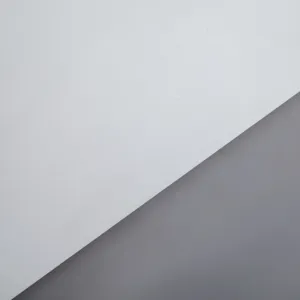


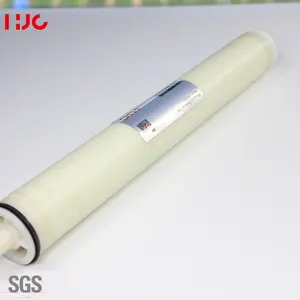





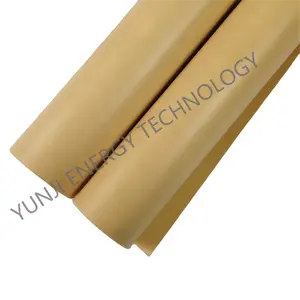
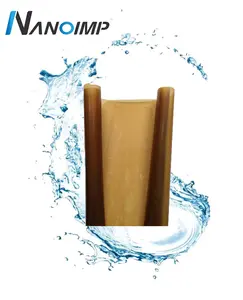



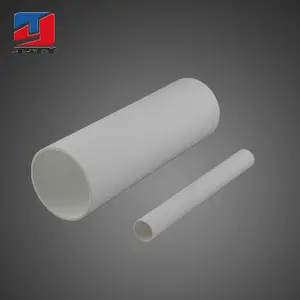

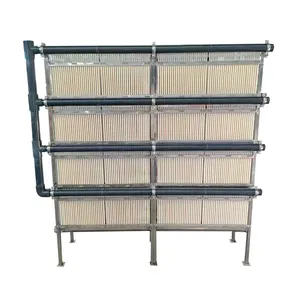





















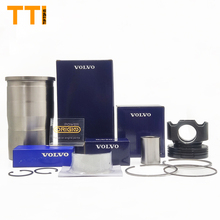


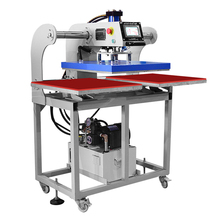
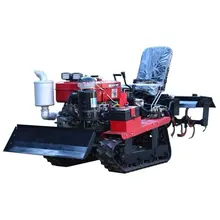
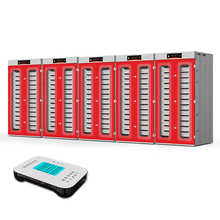



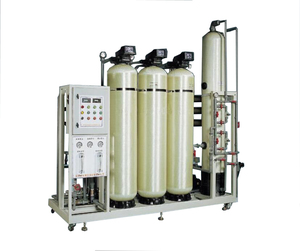
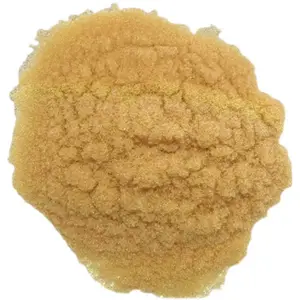

























 浙公网安备 33010002000092号
浙公网安备 33010002000092号 浙B2-20120091-4
浙B2-20120091-4